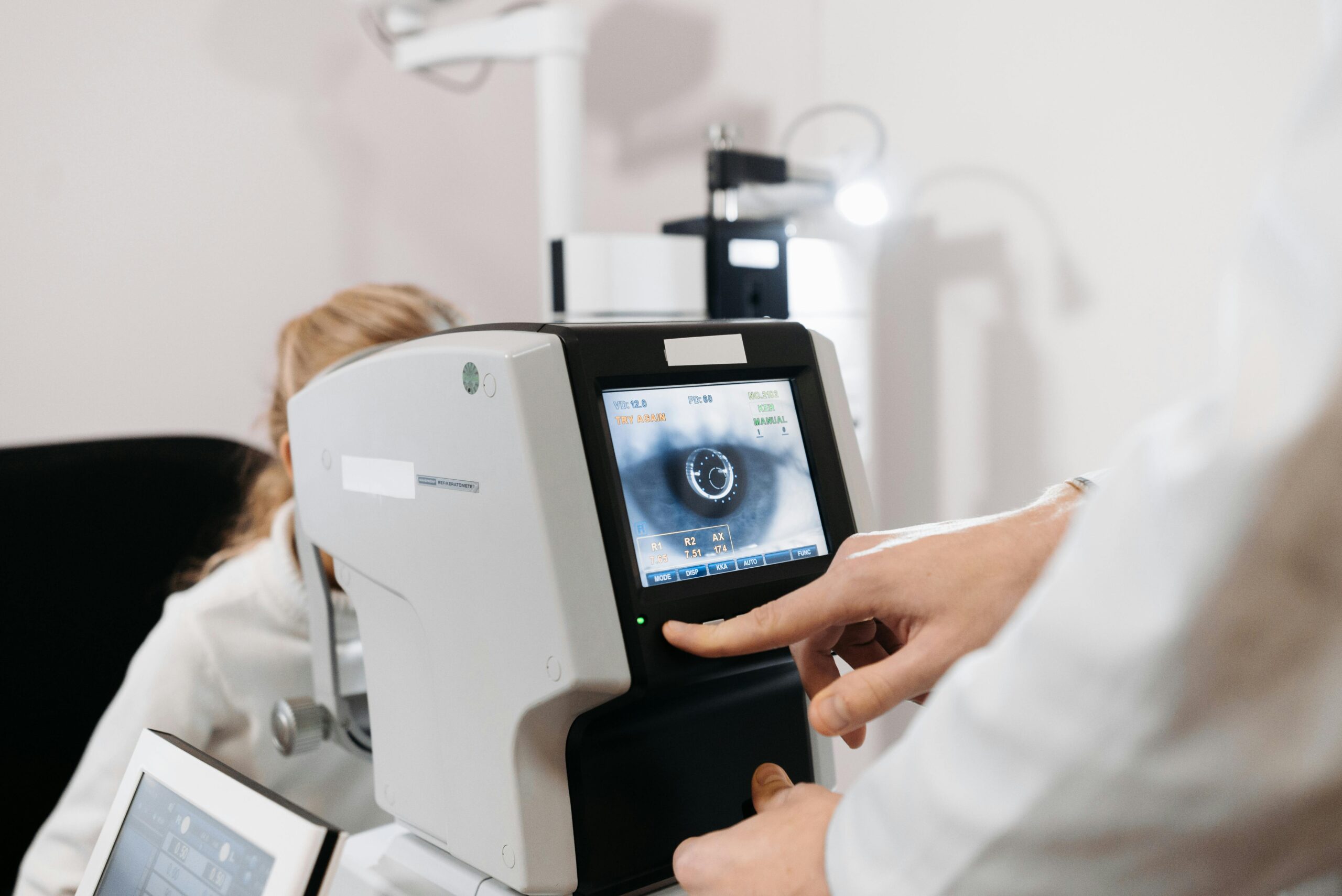Learn about What is Echo Technology. Discover Echo Technology, its principles, applications in medical imaging, AI, sonar, and more. Explore its role in healthcare, navigation, and wireless communication.
Introduction
Echo technology is a multi-disciplinary concept ranging from the acoustic sciences, medical imaging, artificial intelligence, and wireless communication. Unlike conventional sound reflection applications, modern echo technology utilizes advanced computational techniques to process signals better, improve diagnostics, and establish more efficient communications.
What is Echo Technology?
Echo technology is the art of making use of sound waves and their reflection to sense the presence of objects, measure distances, or carry information. Hence, its very name echoes the natural echolocation of bats and dolphins that turn sound into useful information.
The Science Behind Echo Technology
The basic principle underlying echo technology is sound wave reflection. A series of sound waves are generated, which impinge on a slightly irregular surface and are therefore reflected backward, thus originating an echo.
Modern science has made use of these reflections as informative data on the object or the surroundings being looked at by performing various sophisticated algorithms that study the properties of the specific waves: amplitude, frequency, and delay.

Digital-age echo technology uses machine learning and artificial intelligence to optimize real-time applications by improving the interpretation of signals. The technology goes beyond the reflection of sound for seismic activity monitoring and voice recognition to data-driven intelligence.
Applications of Echo Technology
1. Medical Imaging and Diagnostics
Most significantly, echo technology finds its place in medical applications like ultrasonography. The imaging of the internal structure of a body is achieved using very high-frequency sound waves through the ultrasound machine.
Enhanced echo processing algorithms have increased super-resolution, noise reduction, and diagnostic accuracy in cardiology, obstetrics, and oncology applications.
2. Underwater Navigation and Sonar Systems
Echo technology is an important part of sonar, that is, Sound Navigation and Ranging, which is used in submarine navigation, in the study of the environment, and in the mapping of underwater terrain. These devices send sound pulse and record the time taken for the echo to be registered, and then it can calculate where the sound bounced off.
3. Acoustic Holography
An advanced application of echo technology is acoustic holography, a technique that uses sound waves to reconstruct three-dimensional images of objects. This finds application mainly in materials testing, structural evaluations, and non-invasive medical diagnostics.
4. AI-Enhanced Voice Recognition
Voice assistants like Amazon Alexa, Google Assistant, and Apple’s Siri refine the voice command recognizers in similar terms as the echo technology is used. This is achieved by having echo cancellation algorithms that filter the noise around, which can be very important for corralling the recognition even when the environment is noisier.
Natural language processing (NLP) applications can be carried out with the much sought-after seamlessness because of the combination of AI and echo processing.
5. Seismic Activity Monitoring
Geophysicists use echo technology for the study of elastic waves traveling through the earth’s crust. The analysis of the time delay and the amplitude of the reflected seismic waves allows geological interpretations, earthquake predictions, and oil reserve explorations.
6. Wireless Communication Enhancements
Depending on echo technology in reducing interference and improving the quality of data transmission, it becomes an essential part of signal processing in wireless domains. Techniques like echo cancellation and adaptive filtering in VoIP calls and wireless broadband communication to improve clarity.
7. Automotive Radar and Collision Detection
In modern automobiles, echo-based radar systems are installed for detecting obstacles, measuring distances, and collision avoidance functions. Ultrasonic sensors are an advanced tool for aiding in parking and autonomous navigation on driver-assistance systems (ADAS).
Emerging Trends in Echo Technology
1. Quantum Echo Technology
Recent research in quantum acoustics may make it possible to apply quantum echo effects to ultra-sensitive measurements. Potential applications include new horizons in medical imaging, seismic monitoring, and even cryptographic security.
2. Bioacoustics and Environmental Monitoring
Scientists are investigating echo technology in monitoring ecosystems by observing animal echolocation patterns. The organisms that rely on the natural echo system, dolphins and whales-have provided researchers with values for assessing environmental health and detecting ecologically disturbed sites.
3. Smart Home and IoT Integration
Smart home devices are continuing to integrate echo technology for enhanced voice-controlled automation. Echo-based sensors can monitor occupancy patterns, enhance energy usage, and promote security through state-of-the-art acoustic detection.
How Echo Technology is Advancing Healthcare
In addition to traditional ultrasound, echo-based diagnostics are breaking into new medical uses:
- Lung Health Monitoring: ASophisticated echo sensors can measure lung function by examining how sound waves interact with various lung tissues, helping diagnose conditions such as pneumonia and fibrosis at an early stage.
- Cardiovascular Health Analysis: Advanced echocardiography methods provide ultra-high-resolution real-time imaging of heart function, enhancing the precision of detecting cardiovascular disease at early stages.
- Non-Invasive Brain Imaging: Scientists are investigating echo technology for safer brain imaging options, less dependent on radiation-based technologies such as CT scans.
Environmental Applications
1. Ocean Conservation and Marine Life Protection
Echo technology stands crucial in the study of marine life without disturbing the ecosystem. The passive acoustic monitoring system captures and analyzes sounds underwater that naturally occur while scientists track the migration of whales, monitor fish populations, and detect overming illegal fishing.
2. Climate Change Research
Using echo technology, researchers monitor the movement of glaciers, map underwater pockets of methane, and assess amounts of deforestation. In addition, researchers gain real-time information on the thickness and melting of ice in polar regions through acoustic sensors, which can enhance climate modeling efforts.

Ethical Considerations and Challenges
Echo technologies have their own set of ethical and technical challenges. Consider privacy because speech recognition systems keep processing user data all the time. A system with security features must secure medical and seismic data since this data is sensitive. Strengthening guidelines relating to ethical echo-technology applications is a fundamental strategy to forestall malicious acts.
Conclusion
Echo technology has progressively inculcated sophisticated applications ranging from modest sound reflection to healthcare, communication, navigation, and artificial intelligence systems. Continuing its development, the potential for using echo technology to increase efficiencies and accuracies across quite large domains will continue to grow. Cleansing the ethics and channeling innovative research in the future will be transformative in many industries via echo technology for the past progress that can never be relied upon.






